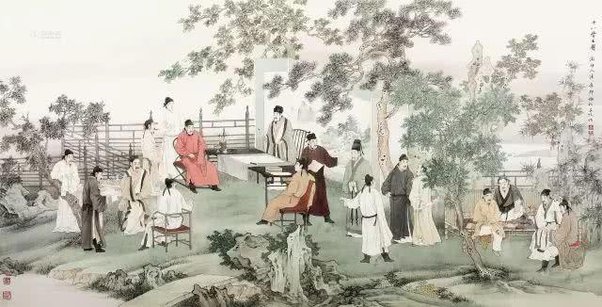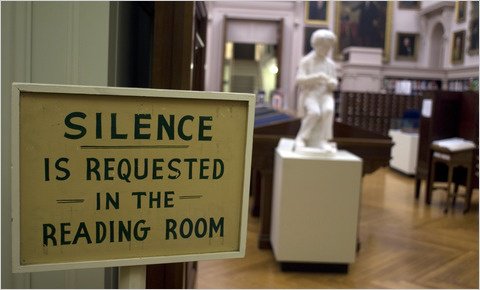The cause of your confusion stems from the behavioral change in reading Chinese during the past centuries. The dominant modern reading behavior is a silent one, but back in the old days, reading Chinese texts was a much louder affair.
In “读” or “讀”(traditional Chinese), you will see the left side is “讠” or “言”, which means speech or language. Since ancient times, reading books involved reading out loud. Especially when reading poems or Classical Chinese texts. Even the famous Chinese dictionary 《说文解字》from 2nd century AD defined 读 as “誦書也”, as in reading out loud. 读 also means study, and the things you 读 may also include musical compositions.
So back then, there would be all these reading parties where friends gather to recite their favorite books or poems, even play a musical score or two. Much like the book clubs today, including the alcoholic beverages. Some of the most famous Chinese poems and proses were composed during these literary parties, such as《将进酒》.

Depiction of a Chinese literary party centuries ago.
On the other hand, “看” is define by the component of “目”, which means eyes. In 广雅, a Chinese dictionary from 3rd century AD, 看 is defined as “to look”, and it still is. Since the modern reading behavior is mostly silent, so 看 became the popular usage for reading.

We’ve seen this “Silence” sign in all libraries and reading rooms around the world.
However, even today, no one will ever say ”看诗” unless they want to look like an idiot in front of others.
Poems are recited, and always will be “读诗”.